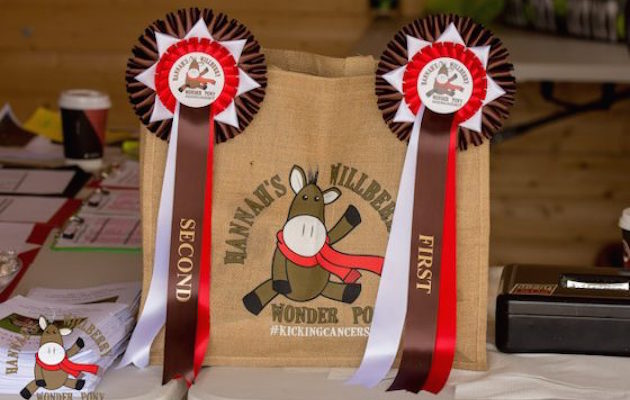Patches of rubbed hair under the back panels of your horse’s saddle can be more prevalent at this time of year — here’s what you need to know…

It’s not unusual for owners to leave an unclipped area of hair under the saddle to give the horse some protection, particularly if they are thin skinned, but sometimes bald patches appear anyway. This could just be a coat change issue, says Joe Mackinder, a vet with Rainbow Equine Hospital near Malton, as the horse loses its winter coat — but it may also have a more sinister explanation.
“Sometimes the bald patch can be caused by dermatitis. This can be as a result of poor management, for example riding the horse when its coat is wet; there are also some quite nasty forms of staphylococcal dermatitis which cause painful bald patches,” explains Joe.
“It can also be symptomatic of an asymmetry caused by lameness, or even a kissing spine issue. But more commonly it is due to issues with the saddle or other equipment. We recommend that owners with new horses get their saddles checked every six to eight weeks as the horse can change shape a lot and this has an impact on fit,” says Joe.
Georgie Webb is a Society of Master Saddlers qualified saddle fitter based in Yorkshire, and agrees that bald patches beneath the back section of the panel are often an indication there’s a problem with the saddle.
“Saddles are all about balance — if you’re getting a rubbed patch beneath the back part of the panel, it usually means there’s movement at the front, or that the saddle is a little too wide. We will sometimes see clients who have noticed an issue and tried to pad to the back but actually this makes the problem worse,” says Georgie. “Saddles need to be checked regularly and flocking adjusted to prevent this kind of issue. If you’re getting a bald patch on one side but not the other, this can point to asymmetry of the horse, rider or saddle — often, saddle asymmetry is caused by asymmetry of the horse or rider, and proper flocking can rectify this so long as the saddle is symmetrical in every other way.”
In other cases, it’s not the saddle which is the problem but the numnah or pad used beneath it. McTimoney equine chiropractor Dani Paizis says this is one of the first things to rule out when bald patches appear.
“A numnah which is too short can cause this kind of problem, as the saddle applies pressure. Once this is ruled out, I’m looking at three possible problems: rider symmetry, saddle balance and finally musculoskeletal injury.
“If the rider is crooked, riding with uneven stirrups or carrying a back or pelvic injury of their own, it’s unlikely they will be balanced in the saddle. Also, any musculoskeletal injury or imbalance no matter where in the body can cause referral problems affecting lumbar and pelvic balance, which in turn creates uneven stride patterns and affects saddle movement.
Continued below…
When should you clip your horse for the final time to ensure a gleaming summer coat? H&H investigates…
Clipping – and particularly the timing of the final clip of the season – is a subject which always generates…
“In my experience, it can be all three causes in play and all three need addressing. If the saddle rubs don’t improve within a few weeks, however, it is important to seek veterinary advice for a thorough investigation, as there could be a serious underlying musculoskeletal problem, such as overriding dorsal spinous processes (kissing spine) or a sacroiliac strain,” says Dani.
For all the latest equestrian news and reports, don’t miss Horse & Hound magazine, out every Thursday







 hunting, when suddenly, disaster strikes…:
hunting, when suddenly, disaster strikes…:



















